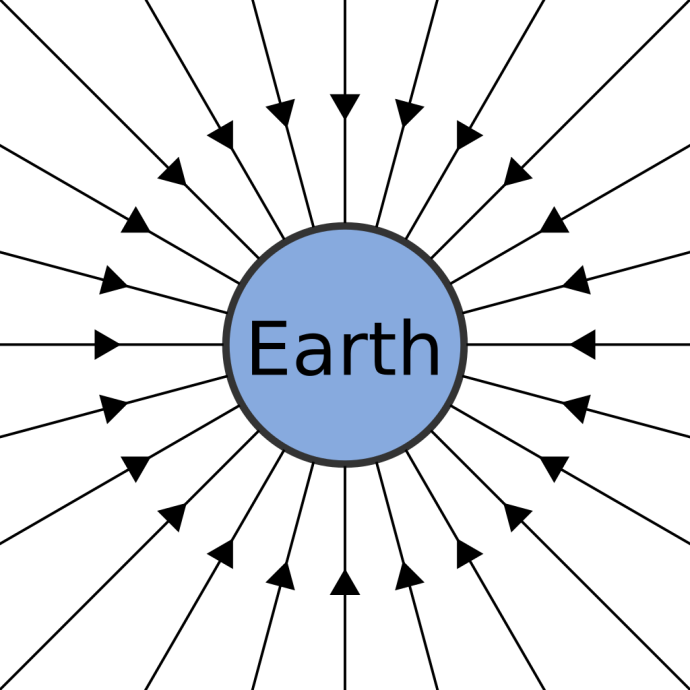Mass
The mass of an object tells us the amount of ‘stuff’ or matter it is made of.
An object’s mass remains the same wherever the object is.

Matter
Matter is anything that has mass and volume (it takes up space). This includes most substances we can see and touch, and the particles these are made up of.

Momentum
If an object is moving, it has momentum. This is what keeps an object moving in the same direction. The more momentum something has, the harder it is to change its direction or bring it to a stop.

Gravity
Gravity is the name of the force that pulls objects together. It is a non-contact force. This means it acts on objects that are not touching each other.


The 'Space Weight' Calculator
Ever wondered how heavy or light you would feel on another planet in our Solar System?
MiMi Aung
Early Life
MiMi was born in the USA and moved to her parent’s home country of Myanmar when she was two and a half. She was inspired by her mother to study science, maths and engineering. Her mother was the first women in Mayanmar to get a PhD in mathematics. MiMi says her mother was very technical, practical and logical.
Year born: 1968
Research Areas: Deep Space Exploration
"It’s more than just flying on another planet. It will open doors to a whole new class of exploration."
